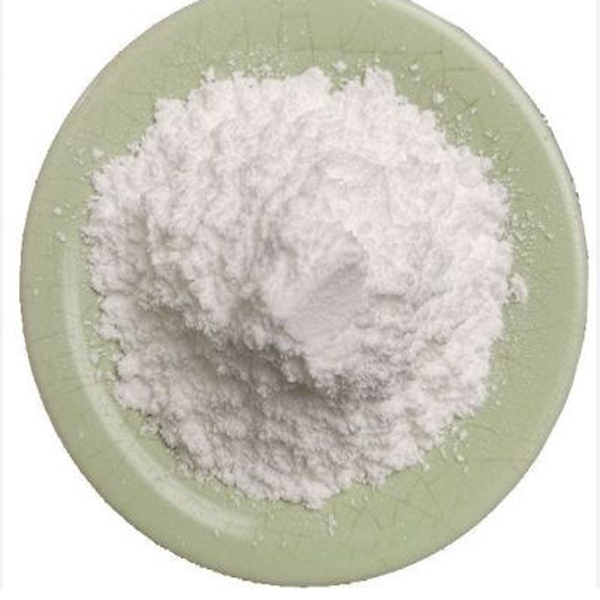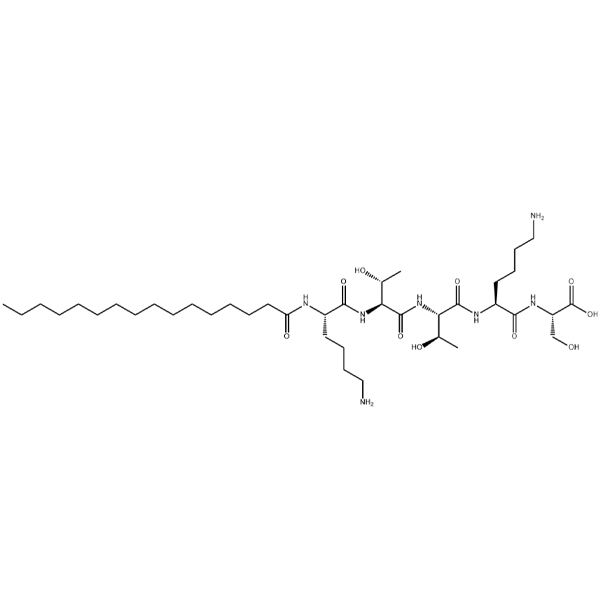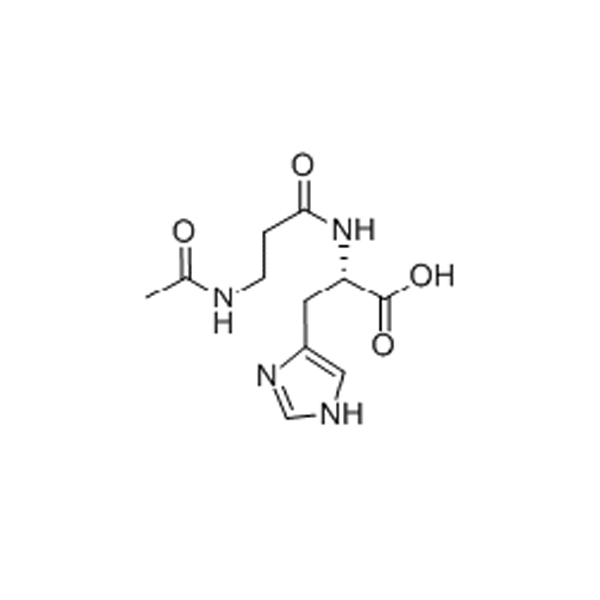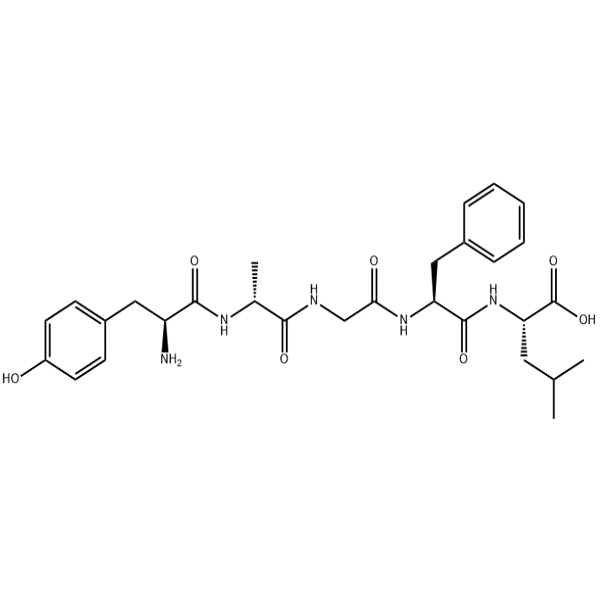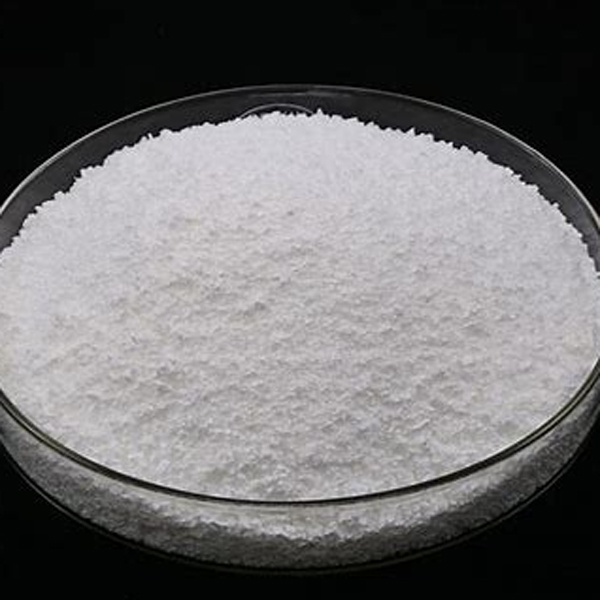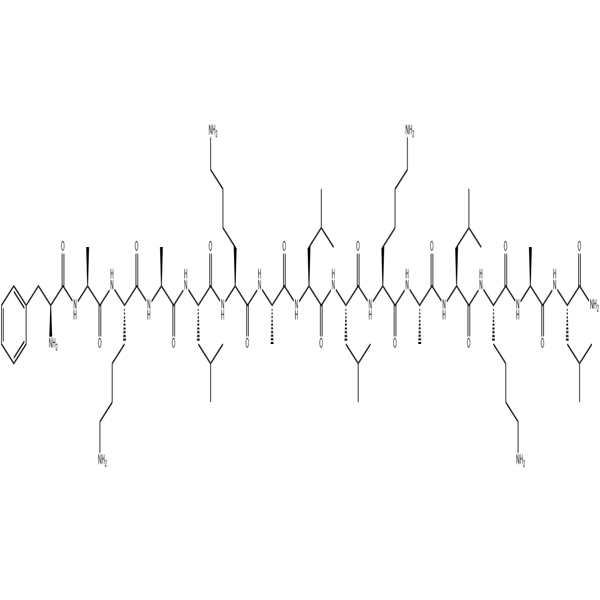Acetyl Hexapeptide-37/1447824-16-9/GT Peptide/Peptide Supplier
Description
Acetyl-hexapeptide-37 is a new hexapeptide-composed of amino acids. aquaporin 3 (AQP3) is a major aquaporin expressed in skin tissue, belonging to the hydroglycerin channel subfamily, which has the function of transmembrane transport of water, glycerin, urea and other small molecules. AQP3 can bring water, glycerin and glycerin from the sebaceous glands into the epidermis from the circulation, so as to ensure the continuous moisture of the epidermis, which is of great significance for the barrier repair and moisturization of the epidermis.
Specifications
Apperance: White to off-white powder
Purity(HPLC): ≥98.0%
Single Impurity: ≤2.0%
Acetate Content(HPLC): 5.0%~12.0%
Water Content (Karl Fischer): ≤10.0%
Peptide Content: ≥80.0%
Packing and Shipping: Low temperature, vacuum packing, accurate to mg as required.
How To Order?
1. Contact us directly by phone or email: +86-13735575465, sales1@gotopbio.com.
2. Order online. Please fill out the order online form.
3. Provide peptide name, CAS No. or sequence, purity and modification if required, quantity, etc. we will provide a quotation within 2 hours.
4. Order conformation by duly signed sales contract and NDA(non disclosure agreement) or confidential agreement.
5. We will continuously update the order progress in time.
6. Peptide delivery by DHL, Fedex or others, and HPLC, MS, COA will be provided along with the cargo.
7. Refund policy will be followed if any discrepancy of our quality or service.
8. After-sale service: If our clients have any questions about our peptide during experiment, please feel free to contact us and we will respond to it in a short time.
All products of the company are only used for scientific research purpose, it’s prohibited to be directly used by any individuals on human body.
FAQ
How do you know the purity of a peptide?
The purity of the peptide is indicated in the C.O.A report of the product, refer to the chromatogram.
Peptide Biochemical Limited peptide products include which analysis?
In our company, all products have complete quality inspection, including MS, HPLC, solubility. Special tests can also be requested, such as peptide content determination, amino acid analysis, etc.
Some of them say ACN, what does that mean?
“ACN” is acetonitrile, which is used to help dissolve certain peptides.
Do you need to dissolve polypeptides at special PH?
The report will indicate whether special PH values are required. If there are special PH requirements, this will be noted in the C.O.A report.
What if the peptides don’t dissolve well?
In the usual method, the peptide must be dissolved in distilled water for the first time and is more suitable for disinfecting water. If dissolution is still a problem, try the following steps: Sonic degradation helps dissolve the peptides. Dilute solution with a small amount of acetic acid (10% concentration) helps dissolve general peptides, and aqueous solution with ammonia helps dissolve acidic peptides. It is also recommended to dissolve the peptide in a high concentration and then dilute it to its normal working concentration with water or buffer, as salt can cause polymerization. (So the buffer must be added after the peptide is completely dissolved.)
Why do peptides differ in solubility?
Solubility is an important condition for the use of peptides. Each amino acid has its own intrinsic chemical properties. For example, leucine, isoleucine, and valerine are hydrophobic, while other amino acids such as lysine, histidine, and arginine are hydrophilic. Therefore, different peptides have different solubility depending on their composition.
How do you dissolve polypeptides?
Solubility is stated on the C.O.A report of the product. Please read the instructions carefully before starting to dissolve. Solubility may vary depending on the type of peptide. The most common solution is to dissolve 1mg of peptide in 1ml of distilled water.

